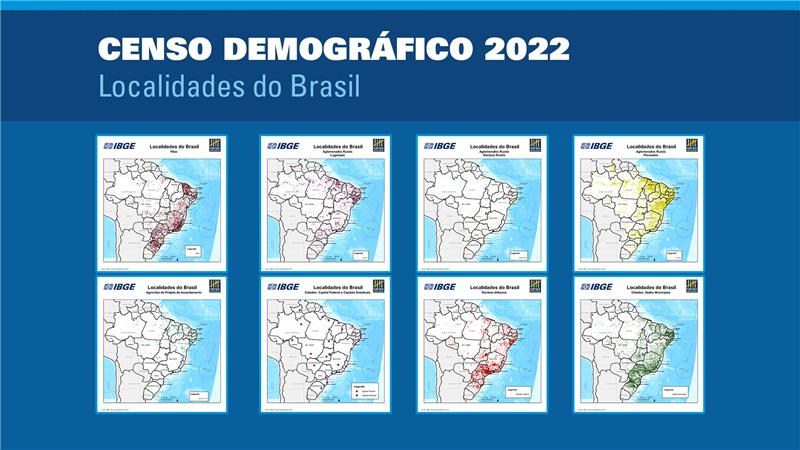Continuous PNAD
Number of unemployed persons hits 14.1 million by October
December 29, 2020 09h00 AM | Last Updated: December 29, 2020 10h33 PM

The number of unemployed persons reached 14.1 million in the quarter ended October. That mean an increase by 7.1% against the quarter ended July, with a total 931 thousand persons more looking for a job. As a result, unemployment rate in the country was 14.3%, with an increase by 0.5 percentage points against the previous quarter. Data are from the Continuous National Household Sample Survey (Continuous PNAD), released today (29) by the IBGE.
Besides the increase in the number of persons looking for a job, there was growth by 2.8% of the employed population, which reached 84.3 million persons. “That scenario can be related to a recomposition, since persons who were away from work are now returning to work. The quarter has a reduction of the population out of the workforce and that can be seen in the growing number of persons joining the labor market and also in the increased search for work," says the survey analyst, Adriana Beringuy.
““Throughout the year, we have observed the expansion of the population out of the workforce, of persons away from the labor market, and the movement of return of workers”.
In spite of the number of employed persons against the previous quarter, there was decrease in employment and increase in the population out of the workforce when data is compared with that in the same period of 2019.
“In a comparison with the same quarter a year ago, there is an employed population that is almost 10 million persons smaller and an increase by 12 million in the population out of the workforce. So maybe now it is not the start of a recomposition, but cumulative losses in employment throughout the year are very significant,” Ms. Beringuy adds.
The analyst adds that most of the increase in the number of employed persons came from informal work, which includes professionals without a formal employment contract (workers in the private sector and domestic workers), without CNPJ (employers and self-employed persons) or without earnings (those that help in household activities).
The number of workers without a formal employment contract in the private sector increased 9% against the previous quarter and reached 9.5 million. The number of self-employed workers without a CNPJ increased by 918 thousand in the quarter ended October. “These two groups are important in terms of informal work. From the increase of the employed population of 2.3 million, 89% are informal workers. That shows the recovery of the population is pushed by informal work, mainly workers without a formal contract and self-employed persons without CNPJ.”
As a result, informality rate reached 38.8% of the employed population, and represents 32.7 million informal workers in the country. In the previous quarter, that rate was of 37.4%. The employment population ratio was 48%, that is, despite the increase of 0.9 p.p against the previous quarter (47.1%), less the population at working age is employed.
The survey also shows stability of average usual real earnings (R$ 2,529) and of the real wage bill (R$ 207.9 billion) against the previous quarter.
Employment increases in agriculture, industry, construction and trade
The increase in employment reached four of the ten groups of activity surveyed: Agriculture, livestock, forestry, fishing and aquaculture (3.8%), Industry (3.0%), Construction (10.7%) and Trade and repair of motor vehicles (4.4%). In the other groups, there was stability.
Against the same quarter in 2019, employment fell in eight of the ten groups: Industry (-10.6%), Construction (-13.7%), Trade, repair of motor vehicles and motorcycles (-11.2%), Transportation, storage and mailing activities (-13.4%), Lodging and feeding (-28.5%), Information, Communication and Financial, Real Estate, Professional and Administrative Activities (-4.0%), Other services (-20.4%) and Domestic services (-25.4%). There was stability in employment in agriculture and public administration in this comparison.
Potential workforce and discouragement
Potential workforce, which includes persons who were neither employed nor unemployed, but who were potential members of the workforce, fell by 14% (or 2 million persons). Against the same quarter a year ago, there was an increase of 54.9% (4.3 million persons).
Discouraged persons, a subgroup in the potential workforce, were estimated at 5.8 million, being stable against last quarter. However, in the comparison against the same quarter a year ago, the increase was of 25%.


















